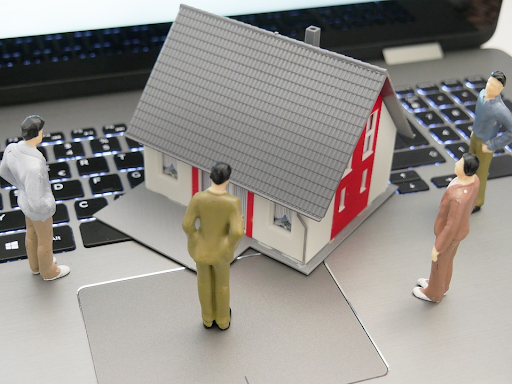Buying a house is a big investment, so doing your research before deciding on something so important is always a must. To help you navigate the process, let us go through 10 significant red flags to look out for when looking for your dream home. You’ll be more prepared to locate a house that fulfills your needs and expectations if you keep these possible issues in mind.
Table of Contents
1. Foundation Issues
One of the most critical aspects of a house is its foundation. Look for visible cracks or signs of settling, such as doors and windows that don’t close properly. While some minor cracks are expected in older homes, significant foundation problems can lead to costly repairs down the line.
2. Water Damage
Water damage can lead to mold, mildew, and structural issues. Check for water stains on walls, ceilings, and floors, as well as any musty odors. Check the house’s exterior for indications of bad drainage or water pooling, both of which can be troublesome.
3. Issues With The Roof
It can be costly to repair a roof that is damaged or old. Inspect the roof for sagging, moss development, curling, or absent shingles. Find out how ancient the roof is and when it was last replaced because most roofs last between 20 and 30 years.
4. Inefficient Electrical System
An outdated electrical system might not be able to handle the demands of contemporary equipment and can pose a fire risk. Look for any outdated wiring that might need to be changed, such as aluminum or knob-and-tube wiring. Make sure the electrical panel has enough capacity for your requirements and inspect it for wear or damage.
5. An Unreliable HVAC System
Inconvenient living conditions and excessive energy costs can result from a broken heating, ventilation, and air conditioning (HVAC) system. Look for indications of negligence, such as clogged filters or a lack of regular upkeep. Inquire about the system’s age and the date of its most recent maintenance.
6. Infestations Of Pests
Pests like termites, rodents, or insects can seriously harm a home’s framework and put people’s health at risk. Look for indications of an infestation, such as droppings, nests, or timber damage. An expert pest inspection can give you more information about any possible problems.
7. Poor Workmanship
Shoddy renovations or DIY projects can be a sign of deeper problems within the home. Look for uneven floors, poorly installed fixtures, or signs of amateur work. Hiring a professional home inspector can help you identify any underlying issues that may not be immediately visible.
8. Neighborhood Issues
Research the neighborhood and surrounding area to ensure it meets your needs and expectations. Consider factors such as crime rates, school districts, and access to amenities. Take the time to look around the neighborhood and talk to locals before starting your hunt for Mooresville homes for sale, for instance, to get an idea about the area.
9. Concerns With The Environment
Environmental hazards like radon, asbestos, and lead paint can be very harmful to one’s health. Find out if there are any documented natural issues, and consider having the property risk-tested.
10. Legal And Zoning Issues
Before purchasing a home, make sure there are no outstanding legal or zoning issues that could impact your ownership or use of the property. Check for liens, easements, or zoning restrictions that could limit your ability to make changes to the home or property.
To Wrap Up
You can escape potential pitfalls and make a wise choice by keeping these 10 warning signs in mind when looking for a new home. In order to help you navigate the process, don’t be afraid to ask questions and enlist the assistance of experts like real estate agents and house inspectors. Finding the ideal home that satisfies your requirements and offers a secure and comfortable living environment will ultimately be made possible by your diligence and thoroughness.
















